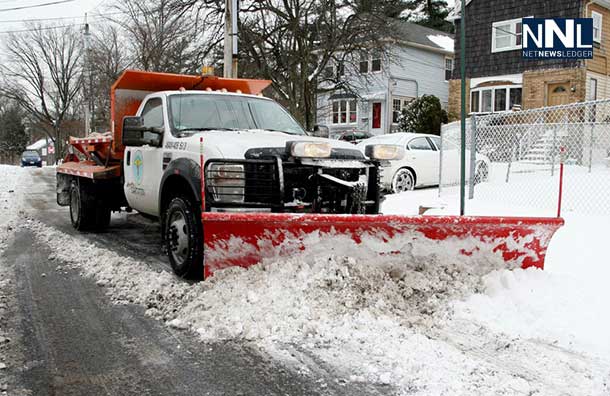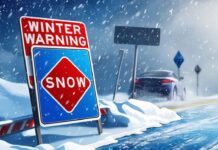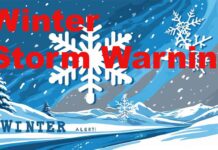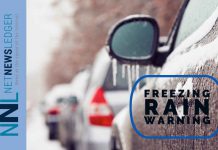
Eastern Canada and US Hit by Blizzard Conditions
NEW YORK – The City of New York has issued a travel advisory for residents. The New York City Office of Emergency Management (OEM) has issued a Hazardous Travel Advisory for Wednesday.
The National Weather Service has forecasted 8 to 12 inches of snow accumulation through Wednesday, according to the OEM.
The impact of the storm hitting across the Eastern Seaboard of the United States will hit Amtrak, bus and air travel across North America.
Eastern Canada is being hit hard by a blizzard. Blowing snow and freezing temperatures are making travel and life in Newfoundland difficult.
New York Faces Freezing Temps and Snow
In New York, blizzard-like conditions could occur during the heaviest periods of snow. Temperatures in the Big Apple are not expected to break the freezing mark through Friday. The Department of Sanitation has issued a Snow Alert.
New Yorkers are going to find getting around by taxi or car difficult. Street clearing is ongoing. The city does offer a service to find out when local neighbourhoods will be cleared. The New York City plow tracker is available at NYC.gov/severeweather.
At 07:30AM EST there are, as yet no delays or issues at any of the New York Airports.
OEM encourages New Yorkers to take the following precautions:
For Motorists
- If you must drive a vehicle, monitor weather and traffic reports for the latest road conditions. Use mass transportation whenever possible.
- Use major streets or highways for travel whenever possible as these roadways will be cleared first.
- Drive slowly. Vehicles, including those with 4-wheel drive, take longer to stop on snow and ice than on dry pavement.
- Keep the name and phone number of at least one local towing service in your car in case you break down or become stuck in the snow.
- If you get stuck on the road stay with your car and contact a towing company.
For Pedestrians
- Exercise caution and avoid slippery surfaces; some ice may not be visible.
- Wear layers including a hat, gloves and scarf to stay protected from the cold. And, keep clothes and shoes dry.
- Keep fingertips, earlobes, and noses covered if you go outside.
- Have heightened awareness of cars, particularly when approaching or crossing intersections.
Tips for Staying Warm
Exposure to cold can cause life-threatening health conditions. Avoid serious conditions such as frostbite and hypothermia, by keeping warm.
- Wear a hat, hood, or scarf.
- Wear layers, as they provide better insulation and warmth.
- Keep fingertips, earlobes, and noses covered if you go outside.
- Keep clothing dry; if a layer becomes wet, remove it.
Check on Neighbors, Friends, Relatives and Clients
- Home visiting and social service agencies should activate their cold emergency plans, and reach out in advance to their clients to make sure they’re aware of the cold and snow.
- If you are concerned about someone on the street who may be homeless and in need of assistance call 311 and ask for the Mobile Outreach Response Team. The Department of Homeless Services will send an outreach team to the location to assess the individual’s condition and take appropriate action.
- If your building is cold, check on your neighbors. If you know someone who is vulnerable and lacking heat, help them get to warm places and notify the builing manager and/or call 311 to get heat restored. If you see someone with signs of hypothermia such as confusion, shivering, slurred speech, drowsiness call 911 for help and help the person get warm while waiting for help.
- Landlords and building managers should check their building systems to ensure heat, and check on vulnerable people.





